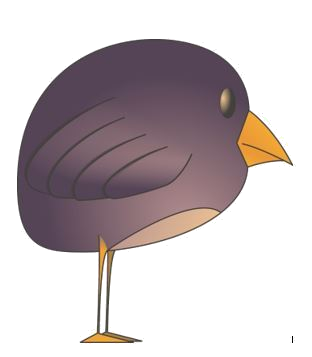Level 3 Mathematics
Level 3 Mathematics
DIGITAL RESOURCE ONLY
Student Worksheets - 178 pages
Printable
Answers
See a sample here
Students will cover the following learning outcomes:
NUMBER
Explain the concepts of natural numbers (N), integers (Z), and real numbers (R)
Demonstrate equivalence between common simple fractions, decimals and percentages by conversion e.g. 1/2=0.5=50%
Express simple ratios as fractional ratios e.g. 1:2=1/3:2/3
Give approximations by using strategies including significant figures and rounding off large natural numbers
Use a calculator to perform operations requiring functions such as addition, subtraction, multiplication, division, percent, memory keys and the clear key
Demonstrate accuracy of calculation by applying the principal mathematical functions, i.e. addition, subtraction, multiplication, division, to natural numbers (N), integers (Z), and real numbers (R), simple fractions, and decimal numbers to two places of decimal.
MEASUREMENT & CAPACITY
Describe shape and space constructs using language appropriate to shape and space to include square, rectangle, circle, cylinder, angles, bisect, radius, parallel, perpendicular etc.
Draw everyday objects to scale using a range of mathematical instruments
Calculate the area of a square, rectangle, triangle and circle using the correct formula and giving the answer in the correct form
Calculate the volume of a cylinder and cone using the correct formula and giving the answer in the correct form
Demonstrate metric measurement skills using the correct measurement instrument, and vocabulary appropriate to the measurement, to accurately measure length/distance, capacity, weight, time
Use simple scaled drawings to work out real distance, location, and direction.
ALGEBRA
Describe familiar real life situations in algebraic form
Simplify basic algebraic expressions by applying the principal mathematical functions i.e. addition, 3 subtraction, multiplication, division, to algebraic expressions of 1 or 2 variables
Solve basic algebraic equations of 1 variable, by using the variable to solve mathematical problems where the solution is N.
DATA HANDLING
Describe the presence of data in everyday situations
Conduct a simple survey using a variety of data collection methods
Display data using appropriate classifications on bar charts or pie charts
Describe findings, to include interpretation of results, and suggesting reasons for findings.
PROBLEM SOLVING
Describe everyday situations in terms of quantitative descriptions
Calculate solutions to real life quantitative problems by applying appropriate mathematical techniques
Describe how a quantitative solution to a problem may be applied in a limited range of contexts

